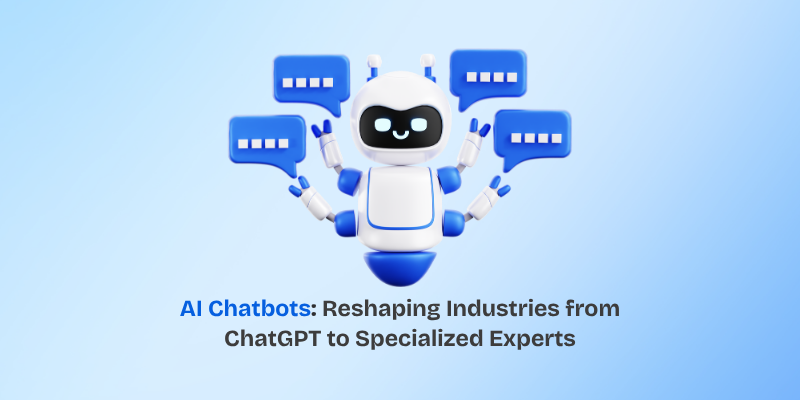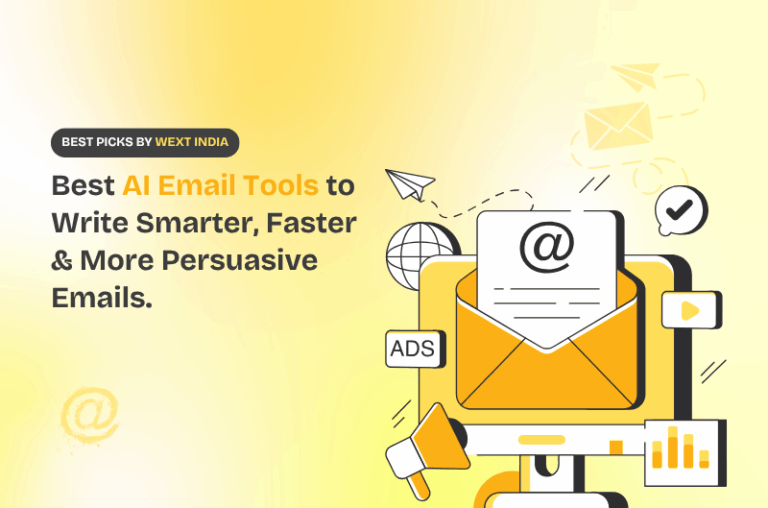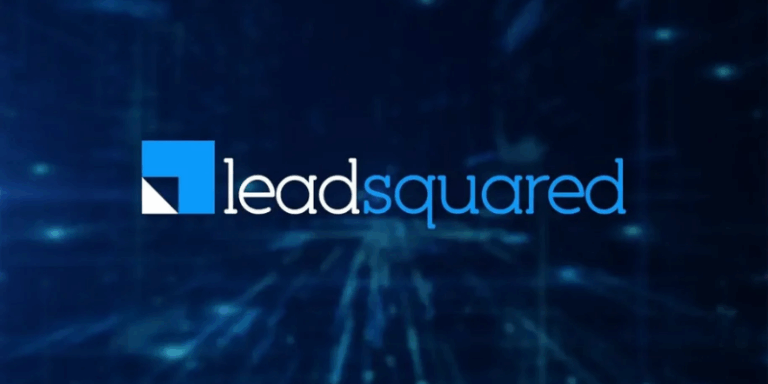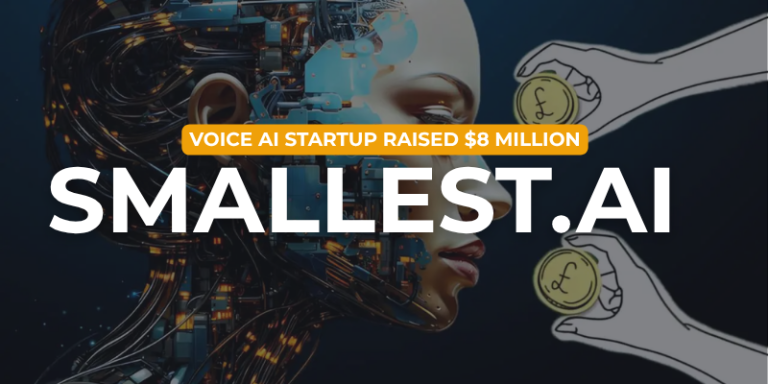Chatbots powered by AI are snappily revolutionizing the virtual world from simple automated scripts to largely advanced conversational mates. Largely advanced intelligent agents powered by the advancements in artificial intelligence aren’t only changing the way businesses serve, but are also unnaturally changing the way we engage with technology and information.
What Exactly Are AI Chatbots?
Basically, an AI Chatbots is a computer program that simulates human discussion, generally in text or speech. In discrepancy to their primitive, early ancestors, innovated on strict, rule-grounded programming, ultramodern AI chatbots take advantage of slice- edge technologies like Natural Language Processing( NLP), Machine Learning ( ML), and Large Language Models( LLMs).
When you converse with an AI chatbot, the NLP processor processes your input, not just the words, but what they mean, the environment, and indeed emotional tone. ML algorithms enable the chatbot to learn from enormous pools of real-world relations on an ongoing basis, perfecting its capability to give accurate and applicable answers. The rearmost AI chatbots employ LLMs, trained on enormous quantities of textbook data. This allows them to induce largely coherent, contextually applicable, and indeed creative language, graduating from question-and-answer responses to rich exchanges, working complex problems, and aiding with creative tasks such as jotting and brainstorming.
You may also like, AI Startups in India: What’s Trending in 2025
The Landscape of AI Chatbots: From General to Specialized (List of both chatbots)
The world of AI chatbots is largely different and varies from general, multi-purpose sidekicks to largely technical sidekicks for particular conditioning or diligence.
General-Purpose AI Chatbots: The Multifaceted Agents
These are designed to answer a wide variety of questions and tasks and are thus largely useful for everyday use and varied purposes. They’re fated to come particular sidekicks, knowledge bases, and creative mates.
- ChatGPT( OpenAI) The most popularly used name, ChatGPT, by OpenAI’s GPT models, is stylishly suited to creating content, rendering summaries, and general knowledge. Its fashionability has made it one of the stylish conversational AIs.
- Gemini( Google) Google’s strongest contender in the coming-word AI chatbot arena, Gemini( preliminarily Bard), is famed for its important creative capacities, exploration, and seamless integration with other Google tools. It’s a great brainstorming collaborator, pen, and exploration adjunct.
- Microsoft Copilot is embedded within the products of Microsoft( including the Edge browser and Microsoft Office). Skipper employs OpenAI technology to enhance productivity, epitomize documents, and offer real-time Browse guidance. It’s a major move toward integrating AI into our workflows.
- Claude( Anthropic) Developed by Anthropic, Claude is unique in its high capacity to reuse big inputs and hence is immaculately suited for large document review and detailed textbook analysis in detail. It also has high coding and explainability capacities.
Specialized AI Chatbots: The Industry Experts
These chatbots are designed for particular disciplines, diligence, or operations, offering technical depth and customized results that generalists can not offer.
- Customer Service Chatbots: Several companies employ AI chatbots( e.g., from Zendesk AI, Tidio Lyro, Intercom) on their websites and messaging channels to offer real-time, 24/7 client support. They effectively respond to FAQs, resolve simple issues, and walk guests through processes, freeing mortal agents to work on more delicate or sensitive cases.
- Sales and Marketing Chatbots: Some of the platforms that help induce leads, qualify leads, give substantiated product recommendations, and targeted deals outreach include Drift, ChatSpot, and Manychat. They also interact with prospects, respond to product questions, and indeed schedule movables.
- Healthcare Chatbots: Medical chatbots( e.g., Ada Health) can offer symptom information, offer internal health backing, make recommendations, and respond to introductory medical questions, greatly making health information more available.
- Finance Chatbots: Chatbots in finance help their users check account balances, make deals, offer investment advice, and identify fraud, making them more secure and accessible.
The Impact: How AI Chatbots are Transforming Industries
AI chatbots are more than just a technological trend; they are fundamentally reshaping operations and customer experiences across diverse industries:
- Elevated Customer Service: This is, arguably, their topmost impact. Chatbots deliver moment, 24/7 support, dramatically reducing response times and incredibly boosting client satisfaction. They elegantly handle high volumes of repetitive inquiries, allowing mortal representatives to direct their moxie to more complex or sensitive matters.
- Unprecedented Efficiency and Cost Savings: Through repetitive task robotization and workflow enhancement, AI chatbots significantly lower the operating costs of businesses. They can manage multitudinous exchanges contemporaneously, leading to enhanced productivity without the need for massive mortal coffers.
- Hyper-Personalization and Enhanced Engagement: AI chatbots can learn about the preferences of guests and review former interactions to give a highly individualized guests. This creates deeper client connections and further successful deals and marketing sweats.
- Rich Data Collection and Actionable Insights: Each experience with an AI chatbot is a source of rich data. Companies can examine these guests with industriousness to learn about changing requirements of guests, identify emerging trends, and collect valuable feedback, leading to better product development and service enhancement.
- Global Reach and Accessibility: AI chatbots enable companies to reach a global client base effectively. They also significantly ameliorate access for guests who wish to interact through the textbook or need to be helped beyond regular business hours.
Choosing the Best AI Chatbot: Key Considerations
Choosing the” stylish” AI chatbot isn’t a one- size- fits decision; it simply depends on your particular requirements and strategic pretensions.
- Establish Your Use Case: Do you want a general-purpose adjunct, an assiduity-specific client service robot, a deals machine, or a commodity in between? Setting your main purpose easily will cut down your options vastly. For example, a client support robot needs high emotional intelligence and problem-solving chops, while a content generation bot needs high creativity and language chops.
- Assess Ease of Implementation and Training: How straightforward is it to implement, apply, and train the chatbot for your specific sphere of knowledge or personal business processes? Some offer simple-to-use pre-trained models, but others involve a more complex setup and tuning.
- Understand the Pricing and Cost Model. Pay careful attention to the varying pricing models, including the free performances, subscription models, and operation- grounded freights. Compare them to your budget and anticipated operation to get a cost-effective option. The utmost dependable providers offer free performances for introductory or testing purposes.
Ultimately, AI chatbots are no longer a dream; they’re a moment’s reality, fueling profound invention in all diligence. Equipped with the knowledge of their different capabilities and with a well-informed evaluation of your particular conditions, individualities and associations can, similarly, effectively unleash the power of these intelligent conversational agents to drive unknown productivity, ameliorate stoner gestures, and open up entirely new possibilities. How would you like an AI chatbot to revise your commerce?







[…] You may also like, AI Chatbots -The Revolution Reshaping Business and Everyday Life […]